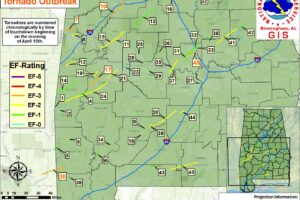
Midday Nowcast: Clearing Sky and Cooler; The “Forgotten” Tornado Outbreak of 2011
The sky will clear through the afternoon and it is noticeably cooler today compared to yesterday with highs ranging from the upper 60s to lower 70s.

Most of us dream of enjoying a White Christmas, but for lifelong Birmingham residents like me, that has been am elusive dream. We came close in 2010.

A family of tornadoes ruined Christmas for several Alabama families from Monroe County to Montgomery County on this date back in 1956.
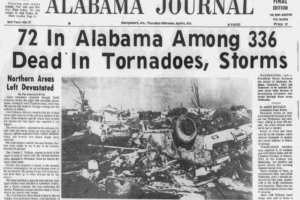
Today is the 50th anniversary of the April 3, 1974 Superoutbreak of tornadoes, when 148 tornadoes affected 13 states and Ontario. This is a story about J.B. Elliott and that day.

As forecasters at the NWS Birmingham became a little stir-crazy by the end of the February 1996 winter storm, one of them typed out a hilarious state forecast discussion that is hall-of-fame material.
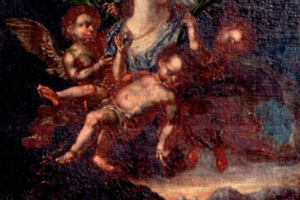
During the Spanish Succession War, Tyrolean forces planned to plunder Benediktbeuern Monastery in Bavaria, but a miraculous weather twist foiled their plans as a warm, föhn wind caused the frozen swamps that the troops planned to march across, sparing the monastery.
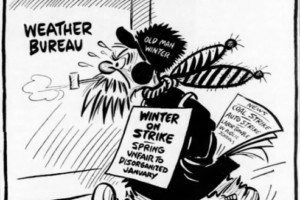
The January thaw is a weather singularity. A singularity is an event that occurs more often than one would expect with chance. The January thaw is a period of above normal warmth that frequently occurs in mid-Winter in the eastern U.S. and eastern Canada.

The 1983 Iron Bowl game came with a severe thunderstorm that produced a tornado warning for Jefferson County in the middle of the game. But the game played on… And later the same storm produced a deadly tornado.

Folks around Birmingham talked about that 1951 Thanksgiving wreck at Woodstock for years. Ironically, fine weather played a contributing role in the crash which killed 17 people.

OTD in 1951, a blizzard led to a tragic train collision at the Wyoming/Utah border. The Union Pacific’s City of San Francisco ran two signals and crashed into the back of the City of Los Angeles in whiteout conditions, killing 17 and injuring 159. Follow my weather history tweets on Twitter.
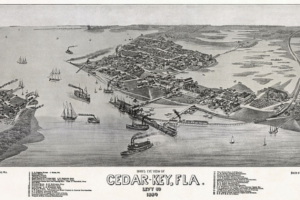
Today, Cedar Key, Florida is a resort and artists colony and fishing village. There has not been a major hurricane there since Easy in 1950. But it has a devastating hurricane history beforee that.
Notifications